QWAN KI DO / QWAN KI DO SPECIALITIES > THAO QUYEN > TRADITIONAL TECHNIQUES > ANIMALS TECHNIQUES > TRADITIONAL COMBAT > COMPETITION FIGHT > PERSONAL DEFENCE > TRADITIONAL WEAPONS > TAM THE > VU LAN
VU LAN

Slide title
Scrivi qui la tua didascaliaButton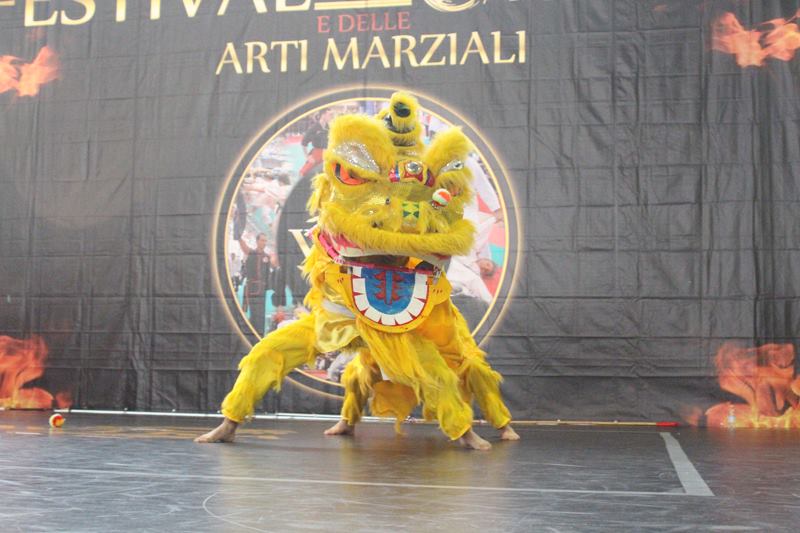
Slide title
Scrivi qui la tua didascaliaButton
Slide title
Scrivi qui la tua didascaliaButton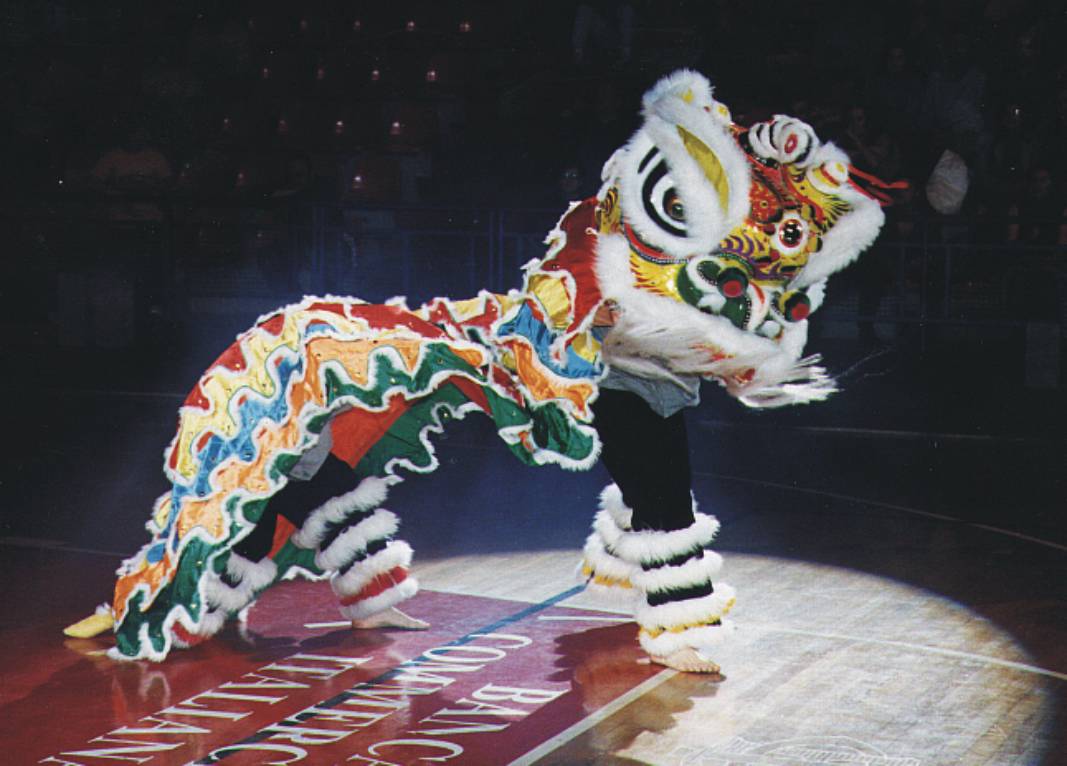
Slide title
Scrivi qui la tua didascaliaButton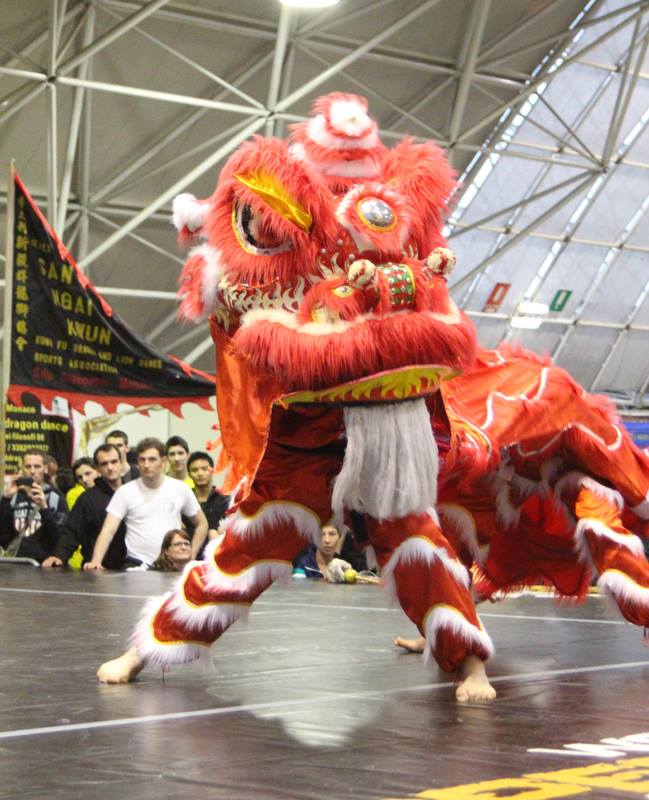
Slide title
Scrivi qui la tua didascaliaButton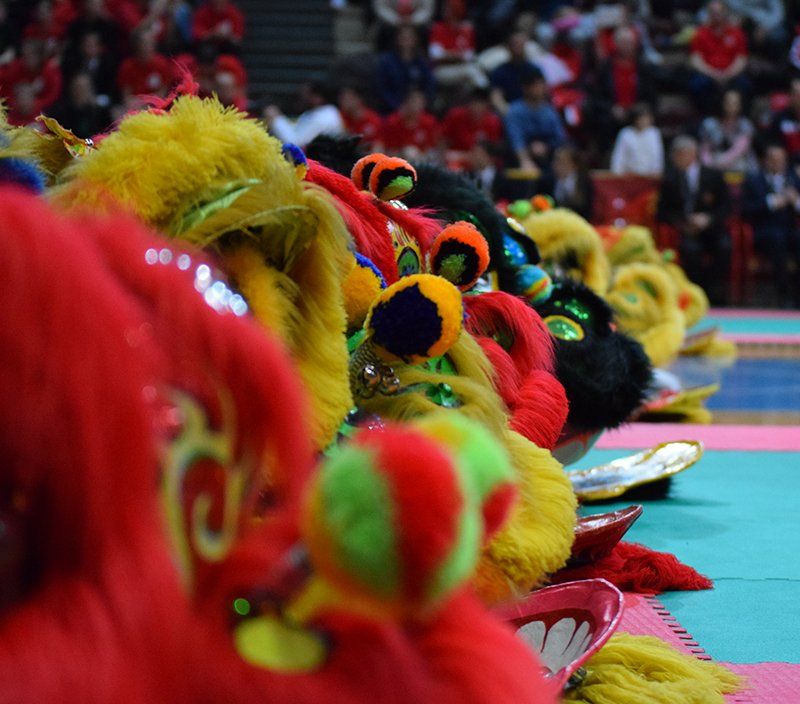
Slide title
Scrivi qui la tua didascaliaButton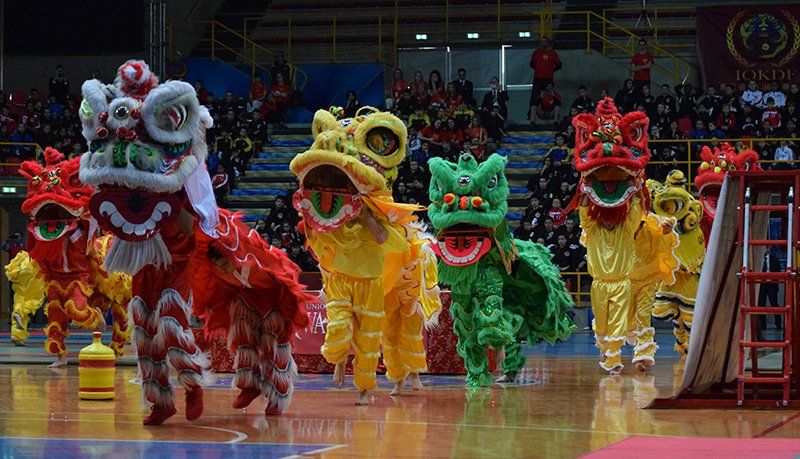
Slide title
Scrivi qui la tua didascaliaButton
Slide title
Scrivi qui la tua didascaliaButton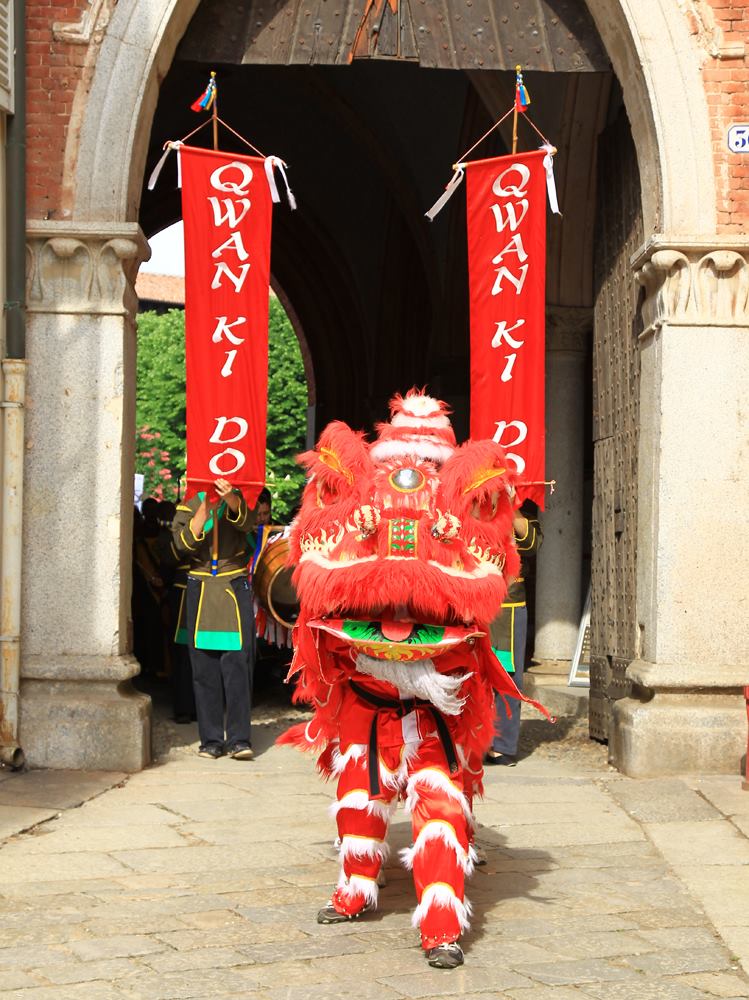
Slide title
Scrivi qui la tua didascaliaButton
The Vu Lan is the Lion dance, which in the East is used as a good omen representation for many holidays or events; it belongs to the technical-cultural repertoire of Qwan Ki Do.
The Lion's body is moved by two dancers who are inside the body, simulating the movements of a real animal that manifests joy and anger, sleepiness and combativeness. The movements and choreography are coded with great precision.
The dance, which despite its gracefulness is very demanding on a physical level, is accompanied by drums and cymbals; often objects or tables are used as obstacles on which the dancers juggle with great skill and balance.
A joy for young and old, the Lion Dance opens many of the Qwan Ki Do performances.
QWAN KI DO / QWAN KI DO SPECIALITIES > THAO QUYEN > TRADITIONAL TECHNIQUES > ANIMALS TECHNIQUES > TRADITIONAL COMBAT > COMPETITION FIGHT > PERSONAL DEFENCE > TRADITIONAL WEAPONS > TAM THE > VU LAN
QWAN KI DO / VU LAN
VU LAN

Slide title
Scrivi qui la tua didascaliaButton
Slide title
Scrivi qui la tua didascaliaButton
Slide title
Scrivi qui la tua didascaliaButton
Slide title
Scrivi qui la tua didascaliaButton
Slide title
Scrivi qui la tua didascaliaButton
Slide title
Scrivi qui la tua didascaliaButton
Slide title
Scrivi qui la tua didascaliaButton
Slide title
Scrivi qui la tua didascaliaButton
Slide title
Scrivi qui la tua didascaliaButton
The Vu Lan is the Lion dance, which in the East is used as a good omen representation for many holidays or events; it belongs to the technical-cultural repertoire of Qwan Ki Do.
The Lion's body is moved by two dancers who are inside the body, simulating the movements of a real animal that manifests joy and anger, sleepiness and combativeness. The movements and choreography are coded with great precision.
The dance, which despite its gracefulness is very demanding on a physical level, is accompanied by drums and cymbals; often objects or tables are used as obstacles on which the dancers juggle with great skill and balance.
A joy for young and old, the Lion Dance opens many of the Qwan Ki Do performances.




